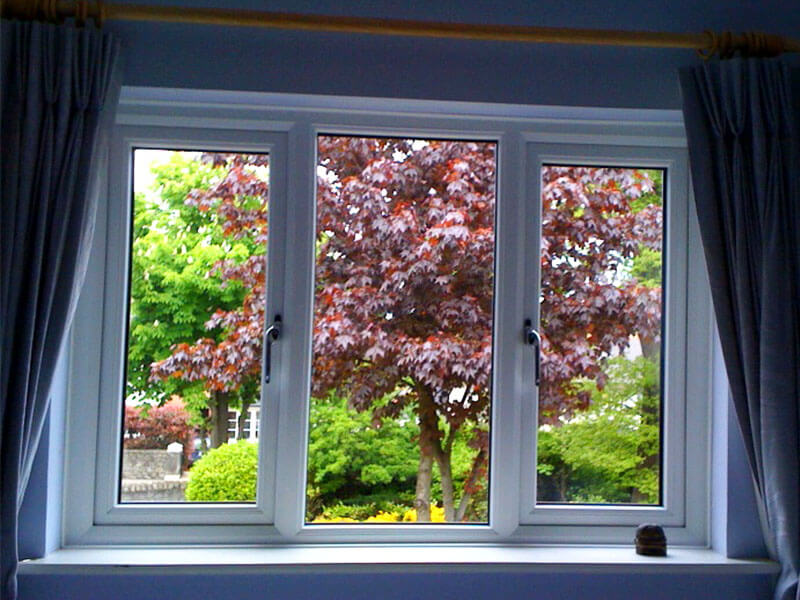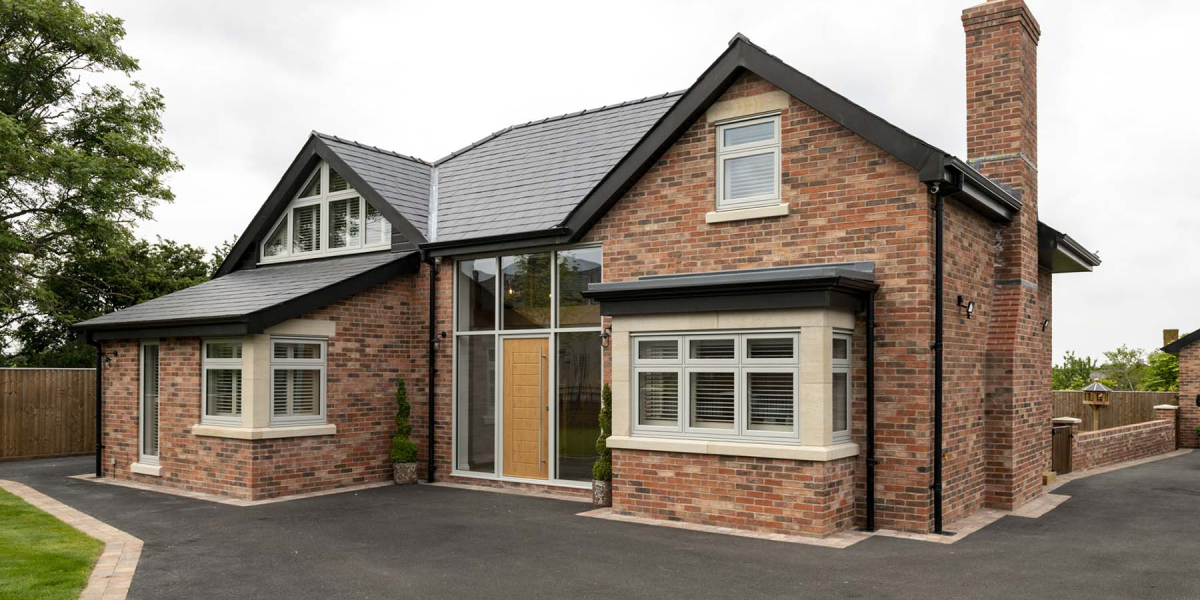Glazing is a crucial aspect of architecture and design, serving both functional and aesthetic purposes. It encompasses the application of a glass surface to a structure, enhancing light transmission, insulation, and overall visual appeal. This report delves into the various techniques, materials, and applications of glazing, highlighting its significance in modern construction and design.
1. Introduction to Glazing
Glazing refers to the installation of glass in windows, doors, facades, and other architectural elements. It plays a pivotal role in the energy efficiency of buildings, allowing natural light to penetrate while providing thermal insulation. The choice of glazing can significantly impact a building's energy consumption, comfort levels, and aesthetic value.

2. Types of Glazing
There are several types of glazing, each suited for different applications and environments:
2.1 Single Glazing
Single glazing consists of a single pane of glass. It is the simplest form of glazing but offers minimal insulation and is less energy-efficient. While it may be suitable for certain applications, such as internal partitions or display cases, it is not commonly used in modern buildings due to its poor thermal performance.
2.2 Double Glazing
Double glazing involves two panes of glass separated by a space filled with air or gas, such as argon. This design significantly improves thermal insulation, reducing heat loss and noise transmission. Double glazing is widely used in residential and commercial buildings, contributing to energy efficiency and comfort.
2.3 Triple Glazing
Triple glazing features three panes of glass, providing even greater insulation compared to double glazing. It is often used in extreme climates where maximum energy efficiency is required. While triple glazing can be more expensive, it is an effective solution for reducing heating and cooling costs.
2.4 Laminated Glazing
Laminated glazing consists of two or more layers of glass bonded together with an interlayer, usually made of polyvinyl butyral (PVB). This type of glazing enhances safety and security, as it holds together when shattered. Laminated glazing is commonly used in skylights, glass floors, and areas prone to impact.
2.5 Tempered Glass
Tempered glass is heat-treated to increase its strength and thermal resistance. When broken, it shatters into small, blunt pieces, reducing the risk of injury. This type of glazing is often used in shower doors, glass railings, and facades where safety is a priority.
3. Glazing Techniques
The installation of glazing involves various techniques, depending on the type of glass and the specific requirements of the project:
3.1 Structural Glazing
Structural glazing involves the use of adhesive to bond glass panels to a building's framework, eliminating the need for visible framing elements. This technique allows for a sleek, modern appearance and is commonly used in curtain wall systems.
3.2 Spandrel Glazing
Spandrel glazing is used to cover non-vision areas of a building, such as the space between floors. It is often made of opaque glass or glass with a ceramic frit coating to match the building's aesthetic. Spandrel glazing helps maintain a cohesive look while concealing structural elements.
3.3 Insulated Glazing Units (IGUs)
Insulated glazing units consist of multiple layers of glass separated by a spacer and sealed to create an airtight barrier. This design improves thermal performance and reduces condensation. IGUs are commonly used in residential and commercial applications.
4. Glazing Materials
The choice of glazing materials is essential for achieving desired performance characteristics:
4.1 Low-E Glass
Low-emissivity (Low-E) glass is coated with a thin layer of metal oxide that reflects infrared light while allowing visible light to pass through. This coating helps reduce heat transfer, making Low-E glass an energy-efficient option for windows.
4.2 Solar Control Glass
Solar control glass is designed to reduce solar heat gain while maintaining natural light. It is often tinted or coated to minimize glare and improve comfort in sunny climates. This type of glazing is particularly beneficial in commercial buildings with large glass facades.
4.3 Acoustic Glass
Acoustic glass is engineered to reduce sound transmission, making it Ideal Glass Ltd for buildings located in noisy environments. It typically consists of laminated glass with specialized interlayers that absorb sound waves.
5. Applications of Glazing
Glazing is utilized in various applications across different sectors:
5.1 Residential Buildings
In residential architecture, glazing is essential for creating comfortable living spaces filled with natural light. Large windows, sliding doors, and skylights enhance the aesthetic appeal while improving energy efficiency.
5.2 Commercial Buildings
Commercial buildings often feature extensive glazing to create an inviting atmosphere and showcase products. In office spaces, glazing allows for natural light to enhance productivity and well-being.
5.3 Industrial Applications
In industrial settings, glazing is used in safety applications, such as protective barriers and viewing panels. Laminated and tempered glass is commonly employed to ensure safety and durability.

5.4 Transportation
Glazing is also critical in transportation, including automotive and aviation industries. Windshields and windows are designed for safety, visibility, and thermal efficiency, often utilizing laminated and tempered glass.
6. Conclusion
Glazing is a fundamental component of modern architecture and design, offering numerous benefits in terms of energy efficiency, aesthetics, and safety. Understanding the various types, techniques, and materials of glazing is essential for architects, builders, and designers to create functional and visually appealing spaces. As technology continues to evolve, glazing will play an increasingly important role in shaping the built environment, contributing to sustainable design and enhancing the quality of life for occupants.








